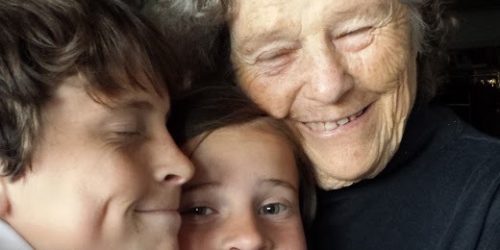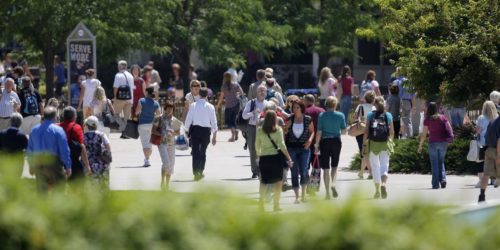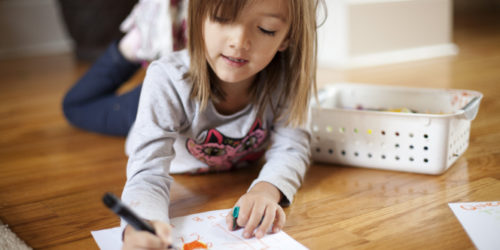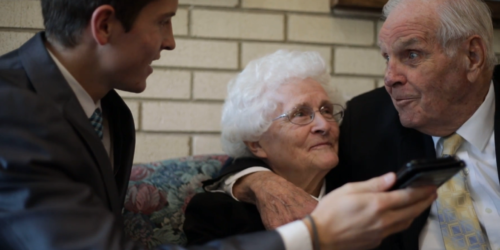“Remember Me…”
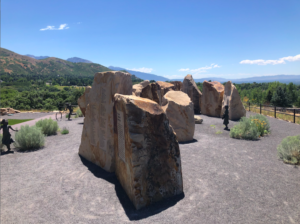 On August 1st, as part of our anniversary, my wife and I went and visited the This is the Place monument in Salt Lake City. Although the walkout to the monument was closed, we went to the adjacent Heritage Village and saw the various replicas of houses and stores that were, at one point, built by many of the early settlers throughout Utah.
On August 1st, as part of our anniversary, my wife and I went and visited the This is the Place monument in Salt Lake City. Although the walkout to the monument was closed, we went to the adjacent Heritage Village and saw the various replicas of houses and stores that were, at one point, built by many of the early settlers throughout Utah.
Two points of interest caught my attention. One was the newly built Pioneer Children’s Memorial dedicated last year. The Memorial includes a monument of standing stones (shown right), carved with the names of pioneer children who died on the trail, starting from 1846 to the late 1860’s. There is also a small trail with various stops where you can listen to some of the children’s experiences through an audio recording. Seeing the names and listening to the audio recordings was an inspirational moment for me.
The other point was the Pioneer Cemetery, situated some distance from the village and shown below. The cemetery consists of unmarked graves that were identified as early pioneers. These graves were part of the first cemetery in Salt Lake City, but because of neglect were forgotten until rediscovered by construction in 1986. Not all of them could be identified, even with the help of existing records. They were moved and reburied at their current location, as a monument to those who died and were forgotten.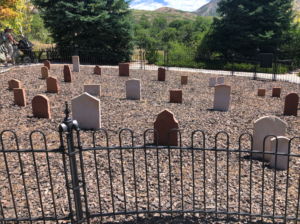
As I have thought about this, I thought also of the importance of keeping records. The difference between these two monuments is the availability and usage of records kept by these early settlers. It was not just government-issued censuses and vital records; these names came from journals and letters, written and kept by these settlers and their descendants. These were records that were kept either in archives or in a box in an attic. They cannot be found through a quick search on FamilySearch or Ancestry; they were the results of diligent searching, asking family and friends, and keeping a research log.
We may never know the identity of those early settlers in the Pioneer Cemetery in our lifetime, but we each can do our part in making sure that we never forget our ancestors. Any records, photographs, diaries—anything that connects to any of our ancestors—should be kept and preserved for future generations in one way or another. You can learn more on how to do that by checking out The Family History Guide here. You can also instill in your families the importance of family history by sharing stories about your ancestors or showing them their pictures/possessions to your family, as well as other activities that can be found here. As the awesome Disney movie Coco puts it, “nothing’s more important than family,” especially their history.
